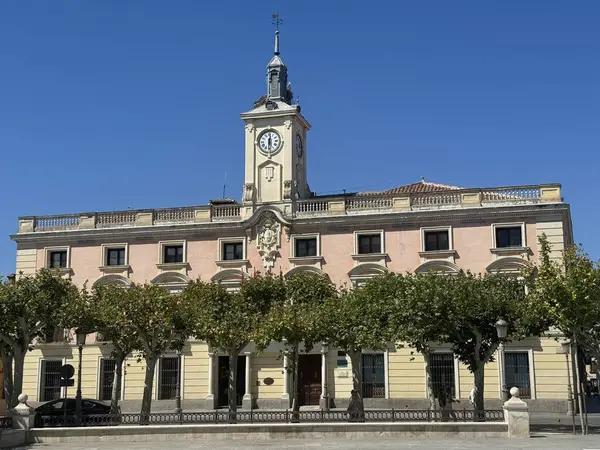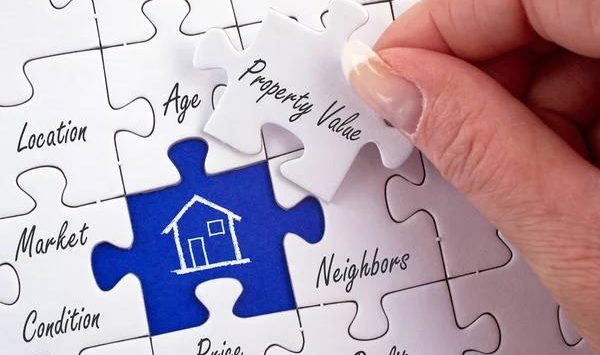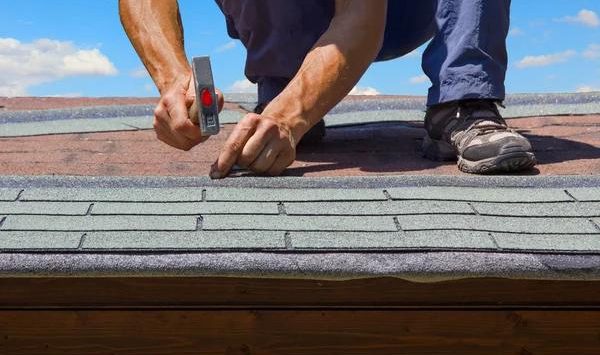Zoning and Development Solutions in Greater Dandenong
Greater Dandenong, a vibrant and diverse locality in Melbourne’s southeastern region, faces several challenges concerning urban development and zoning. The city council has been working diligently to provide effective solutions that promote sustainable growth while preserving the area’s unique character.
Zoning regulations are instrumental in shaping the physical layout of Greater Dandenong. These laws dictate how land can be used in different areas, determining everything from the types of structures that can be built to their height and density. By implementing strategic zoning practices, local authorities aim to balance residential, commercial, industrial, and recreational needs within the community.
One significant challenge is accommodating population growth without compromising liveability or environmental sustainability. To address this issue, Greater Dandenong City Council has adopted an approach known as ‘infill development’. This involves redeveloping underutilised or vacant land within existing urban areas rather than expanding into greenfield sites on the city’s outskirts. Infill development helps preserve open spaces and reduces pressure on infrastructure by concentrating growth where services already exist.
Moreover, mixed-use zoning is being encouraged throughout Greater Dandenong to create more dynamic neighbourhoods where people can live, work and play within close proximity. Mixed-use developments combine residential units with commercial spaces such as shops or offices on Town Planner Hume lower floors. Such arrangements not only reduce commuting times but also foster a sense of community by creating lively streetscapes filled with activity throughout the day.
In addition to these strategies for managing physical development, local authorities are also focusing on social inclusion initiatives that ensure all residents benefit from Greater Dandenong’s growth. They aim to provide affordable housing options through inclusionary zoning policies which require developers to include a certain percentage of affordable units in new projects.
Transportation planning is another crucial aspect of urban development strategy in Greater Dandenong due its status as one of Melbourne’s major transport hubs with multiple train lines passing through it along with numerous bus routes serving its residents daily commute needs . The council is aiming to create a more pedestrian-friendly environment by improving walkability and cycling infrastructure, and promoting public transit use.
Furthermore, the council also focuses on sustainable development. It has set ambitious targets for reducing greenhouse gas emissions and increasing renewable energy usage in its operations. This includes implementing green building standards that require new developments to incorporate energy-efficient designs and technologies.
In sum, Greater Dandenong’s approach to zoning and development centres on creating a balanced, inclusive community that values both growth and sustainability. Through strategic land-use planning, social inclusion initiatives, transportation planning, and environmental stewardship, the city aims not only to accommodate population growth but also ensure long-term prosperity for all residents.




